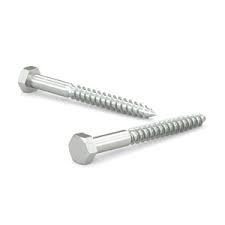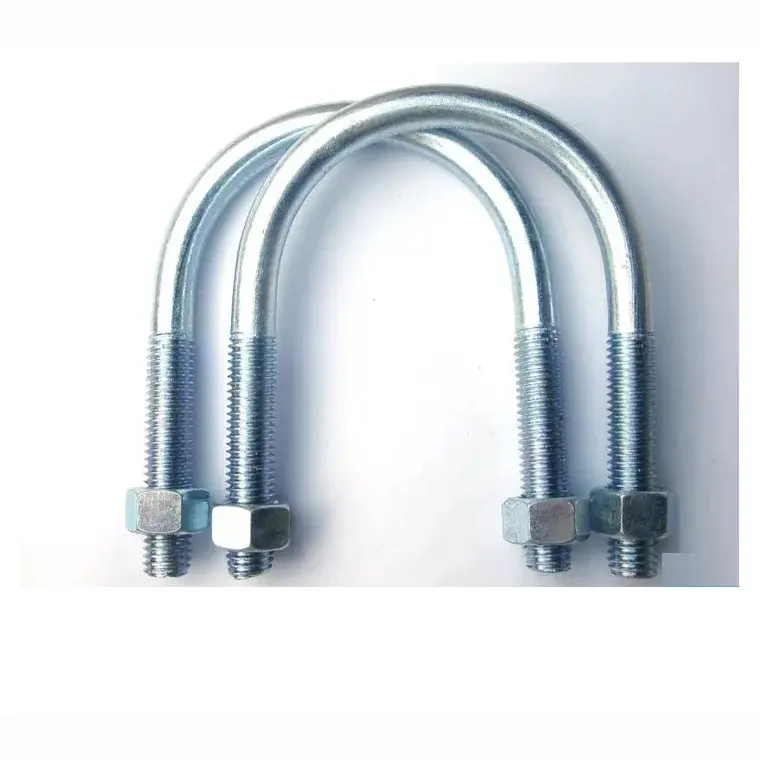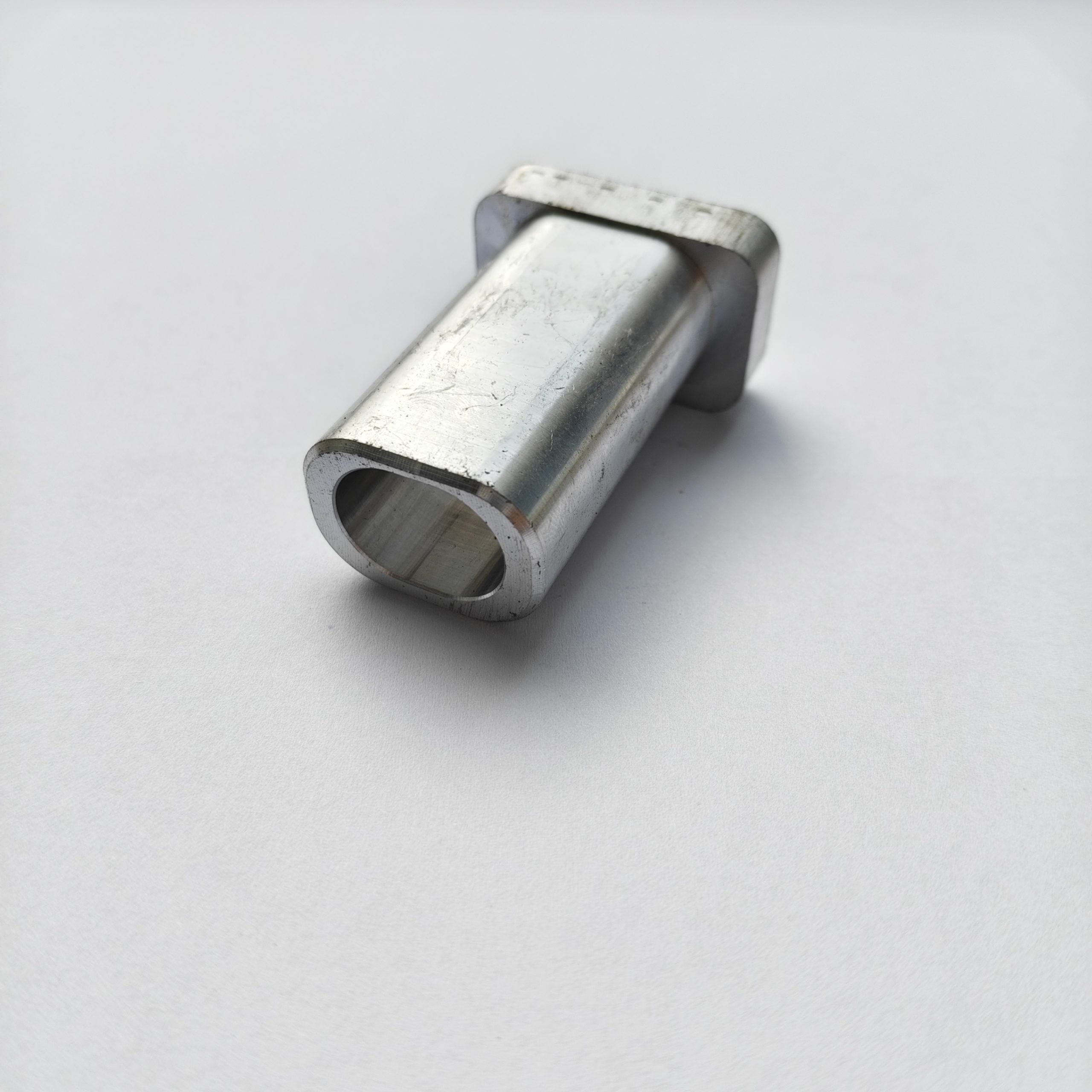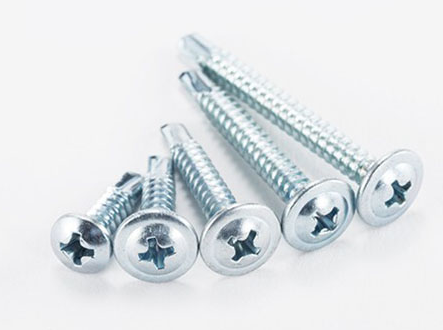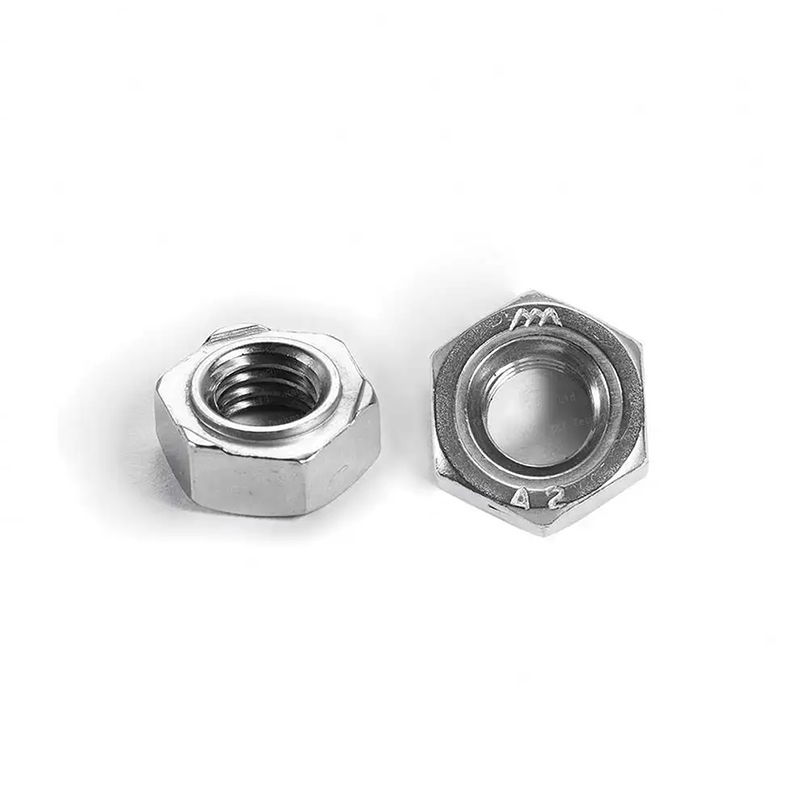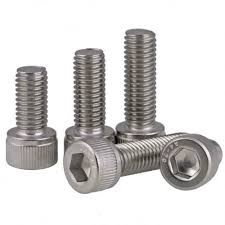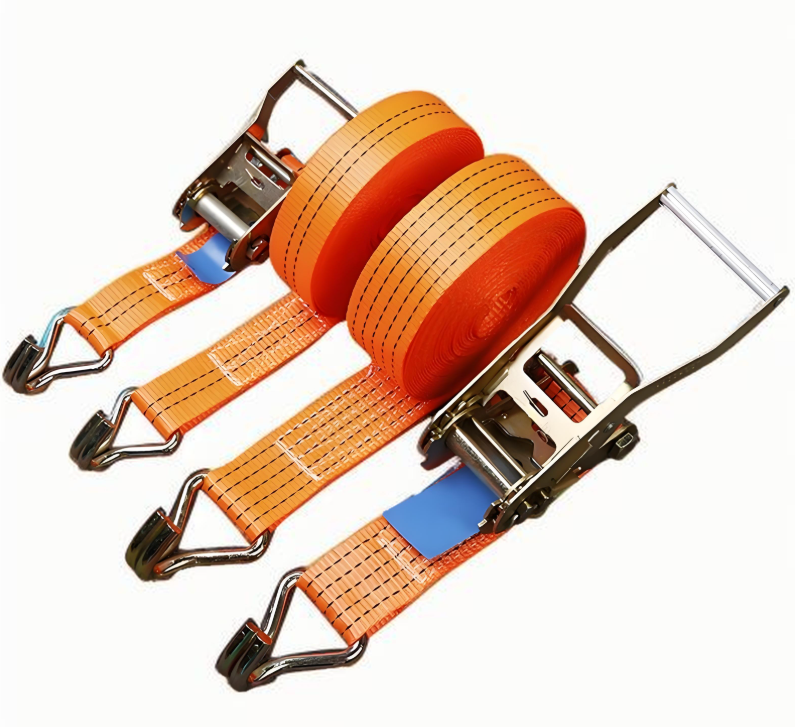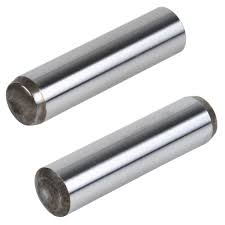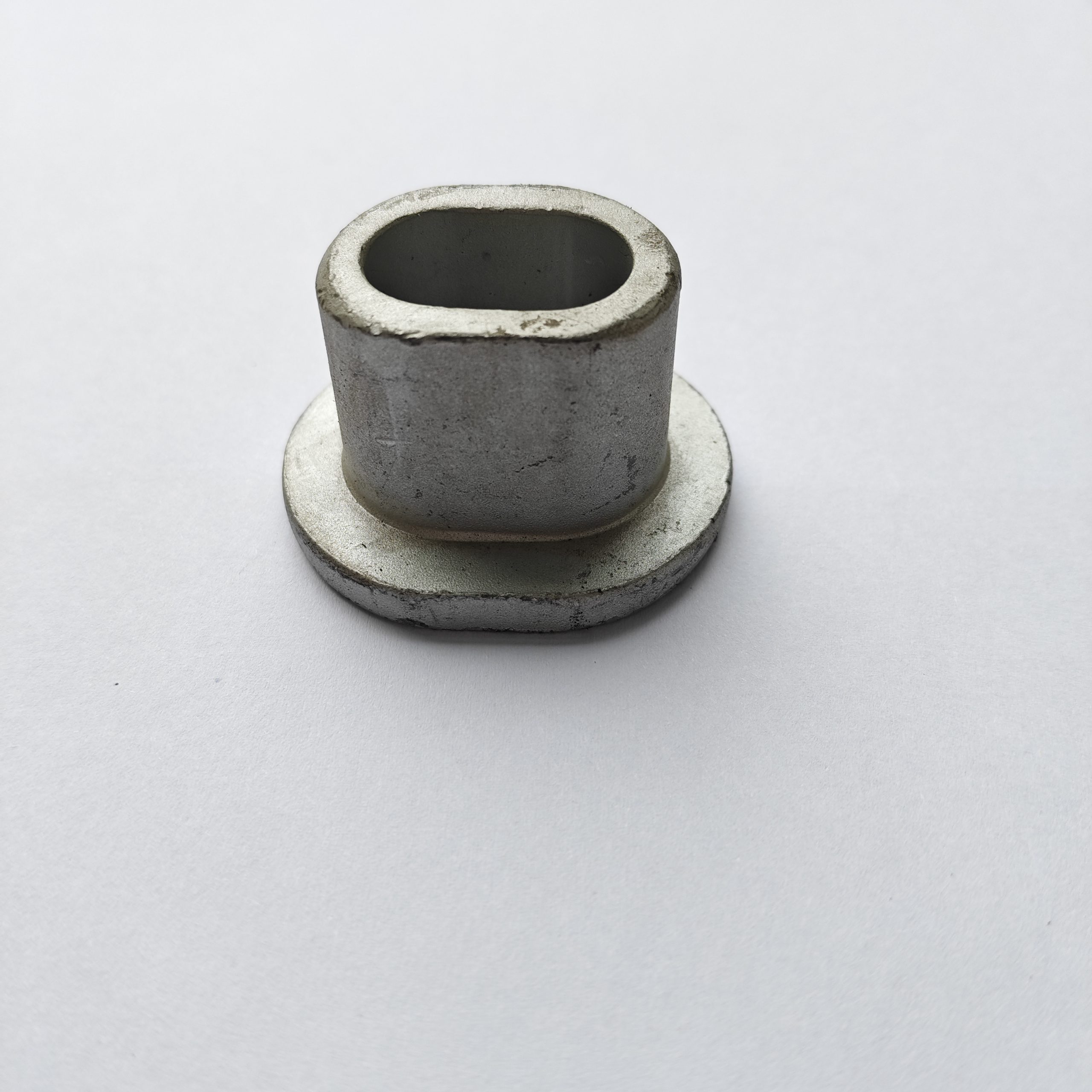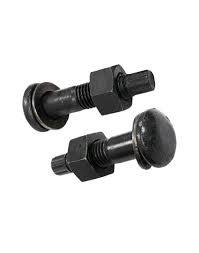

This comprehensive guide explores Belleville spring washers, covering their design, applications, material selection, and considerations for optimal performance. We'll delve into the different types, advantages, and disadvantages, helping you choose the right Belleville spring washers for your specific needs. Learn how to calculate spring rates and ensure proper installation for reliable and effective results.
Belleville spring washers, also known as Belleville washers, coned washers, or disc springs, are uniquely shaped washers that provide significant spring force in a compact package. Unlike conventional washers, they are not flat but have a conical or dished shape. This design allows them to generate a high spring rate within a relatively small space, making them ideal for applications where space is limited but significant spring force is required.
Several variations of Belleville spring washers exist, each with its own characteristics and applications:
These are the most common type, characterized by their simple, conical shape. They provide a consistent spring force within their operational range. The design allows for a wide range of spring rates depending on the dimensions and material. Many suppliers, including Hebei Dewell Metal Products Co., LTD (https://www.deweLLfastener.com/), offer a vast selection of sizes and materials.
Multiple standard Belleville spring washers can be stacked to create a higher spring force. This configuration allows for fine-tuning the spring rate and overall spring characteristics. Careful consideration must be given to the orientation of each washer in the stack to achieve the desired effect.
These washers feature alterations to their standard conical shape, such as varying thicknesses or radii. This modification can be used to optimize the spring characteristics, such as linearity or progressive spring rates. They are often custom-designed to meet specific application needs.
The material chosen for Belleville spring washers significantly impacts their performance and lifespan. Common materials include:
Belleville spring washers are versatile components with a wide array of applications:
The spring rate and deflection of a Belleville spring washer can be calculated using formulas that take into account the washer's dimensions and material properties. These calculations are crucial for ensuring the washer meets the application's requirements. Consult engineering handbooks or specialized software for precise calculations. Precise selection depends heavily on application-specific factors and should not be overlooked.
| Advantages | Disadvantages |
|---|---|
| High spring force in a small space | Can be prone to buckling under certain load conditions |
| Relatively low cost | May exhibit non-linear spring characteristics |
| Simple design | Requires careful selection and calculation for optimal performance |
Selecting the appropriate Belleville spring washers requires careful consideration of various factors, including material, dimensions, and application requirements. Understanding their unique characteristics and design allows for optimal performance and reliable operation in a wide range of applications. Hebei Dewell Metal Products Co., LTD (https://www.deweLLfastener.com/) offers a range of solutions to meet your needs.

